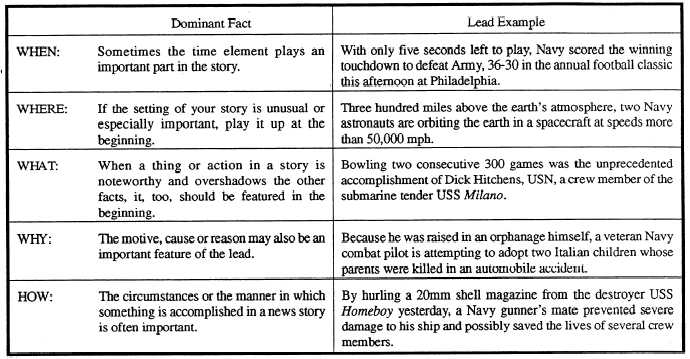Figure 2-6.—Sample summary leads featuring the most important elements.
The lead is the first and most important paragraph
of any news story. It attracts the reader and-states the
important facts first.
A key fundamental fact taught in classrooms the
first time newswriting is mentioned, and repeated at the
college level, is that in writing a lead for a straight news
story, the writer must answer six basic questions about
the event. Known as the five Ws and H questions, they
are as follows: who, what, where, when, why and how.
It is not necessary that a writer answer all of these
questions in the lead sentence. The summary lead does,
however, attempt to answer several of the more
important ones. To insist upon answering the five Ws
and H questions as a rigid format will lead to lengthy,
cumbersome leads that may be misleading or hard to
read. The lead contains the news peg and is the most
important part of the story. It can either make or break
any news story.
Length
Try not to use more than 30 words in the lead, but
do not make this an inviolable rule. Some leads, even
when well written, may require 35 or even 40 words. On
the other hand, many — or perhaps most — require
fewer than 30 words to accomplish their objective.
A good lead maybe a single word, a single sentence,
two sentences, a paragraph or even two paragraphs.
Whatever form it takes, it must answer the questions a
reader would normally ask such as the following:
“What has happened or is about to happen?” “Who is
involved?” “When and where did it happen?” And,
sometimes, “how and why did it happen?” An effective
lead directs the reader’s interest into the body of the
story.
The summary news lead is the one most often used
at the beginning of a straight news story. The most direct
approach (and best method for an inexperienced writer
to use in constructing a summary lead) is known simply
as featuring the most important element. Featuring the
most important element means exactly what it says. The
writer determines which of the five Ws and H is most
important to the story and places it at the outset of the
lead. Each of the example leads in figure 2-4 features a
different W or H as the most important element.
The leads in the figure are given to show how any
element may be featured. The “why” element (to
prevent a forest fire in this case) is clearly understood
and can be dropped out of most leads to avoid
redundancy and extra wording. Other summary lead
examples are presented in figure 2-5 that answers all or
most of the necessary five Ws or H. Those omitted are
either implied or unnecessary.
The five summary lead examples in figure 2-5 are
all “who” leads. In each example, who is featured at the
beginning of the lead, thus giving it more prominence
than the other Ws or H. More examples of summary
leads are illustrated in figure 2-6, with a different W, or
H, featured at the beginning of each.
2-13


